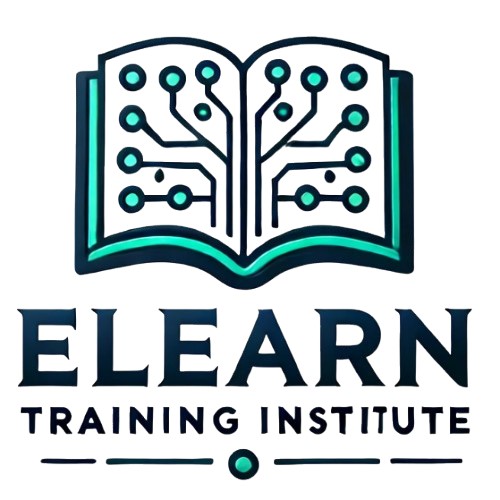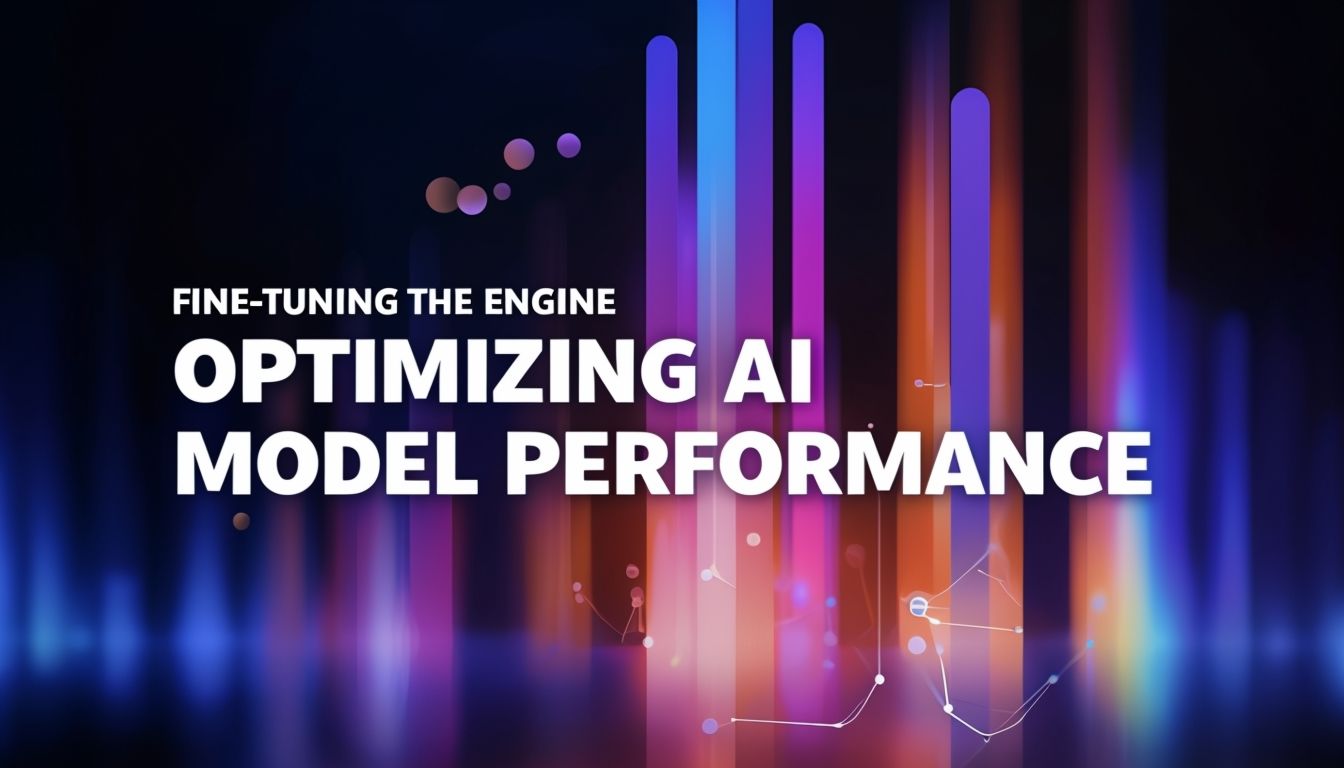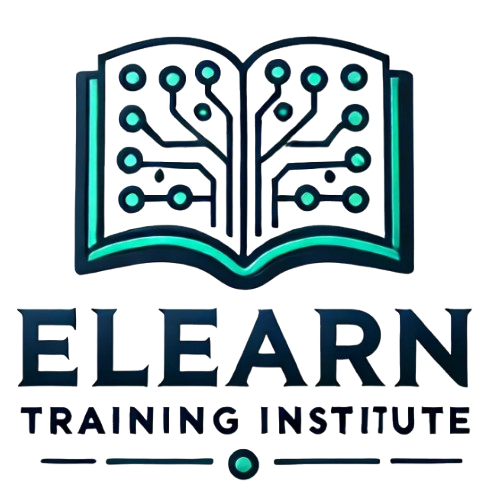Course Overview
Techniques for Optimizing LLaMA (e.g., Quantization, Distillation)
Optimizing LLaMA’s performance is essential for making it more efficient, faster, and easier to deploy across a range of devices and applications. Here are some advanced techniques for optimizing LLaMA:
a. Quantization
Quantization is the process of reducing the precision of the model’s weights and activations, making the model smaller and faster without a significant loss in performance.
- How It Works:
- Typically, models like LLaMA use 32-bit floating-point numbers to store weights. Quantization reduces this to lower bit-widths (e.g., 16-bit or 8-bit integers).
- This reduces memory usage and computational requirements, enabling faster inference on devices with limited resources (e.g., edge devices, mobile phones).
- Advantages:
- Reduced Memory Footprint: Lower precision means smaller models, making them easier to store and deploy.
- Faster Inference: Operations on lower-bit representations are computationally cheaper, speeding up predictions.
- Trade-offs:
- Some model accuracy may be lost, but careful fine-tuning after quantization can help mitigate this.
b. Distillation
Distillation is a technique where a smaller model (called the “student”) is trained to replicate the behavior of a larger, more complex model (called the “teacher”).
- How It Works:
- The larger model, such as LLaMA, is first trained on a large dataset.
- The student model is then trained using the outputs (predictions) of the teacher model as “soft targets” instead of hard labels.
- This allows the student model to learn the same knowledge as the larger model but with fewer parameters.
- Advantages:
- Smaller Model Size: The distilled model is much smaller and faster than the original, making it suitable for deployment on resource-constrained devices.
- Improved Efficiency: Distillation can lead to faster inference times with minimal loss in accuracy.
- Use Case: Deploying LLaMA for real-time applications where computational resources are limited, such as chatbots or mobile apps.
2. Exploring Few-Shot and Zero-Shot Learning with LLaMA
Few-shot and zero-shot learning are critical capabilities for modern AI models like LLaMA, allowing them to perform tasks with limited or no task-specific data.
a. Few-Shot Learning
Few-shot learning refers to the ability of a model to learn from only a few examples. Instead of requiring large labeled datasets, LLaMA can generalize from just a handful of examples to understand and perform new tasks.
- How It Works:
- LLaMA can be provided with a few examples of a task (e.g., translation, classification, summarization) and then asked to perform that task on unseen data.
- The model leverages its general knowledge from pre-training to understand the task and adapt quickly to new, limited data.
- Advantages:
- Efficient Use of Data: Saves time and resources as only a small number of examples are needed.
- Generalization: LLaMA can apply learned patterns to similar but unseen tasks.
b. Zero-Shot Learning
Zero-shot learning is a more advanced capability where LLaMA can perform a task without seeing any example of that task during training. The model uses its broad pre-trained knowledge to infer how to perform the task based on the task description alone.
- How It Works:
- For zero-shot tasks, you simply provide LLaMA with a prompt describing the task (e.g., “Classify this text as positive or negative sentiment”), and the model applies its pre-trained knowledge to generate a relevant output.
- The model doesn’t require task-specific fine-tuning.
- Advantages:
- Flexibility: LLaMA can tackle any task as long as it is clearly defined in the prompt, without the need for additional training.
- Speed: Tasks can be solved almost instantly as the model doesn’t require retraining or fine-tuning.
3. LLaMA’s Capabilities in Multimodal Applications and Emerging Trends
LLaMA, while primarily a text-based model, can be adapted for multimodal applications, where it works with multiple types of data, such as text, images, and even sound.
a. Multimodal Capabilities
- LLaMA can be integrated into systems where text and images are used together. For example, vision-and-language tasks involve interpreting and generating text from visual data.
- Example Application:
- Image Captioning: Given an image, LLaMA can generate a coherent description.
- Visual Question Answering (VQA): LLaMA can answer questions based on the contents of an image.
- How It Works:
- Multimodal Pre-training: Models are trained on datasets that combine both visual and textual data (e.g., images with captions). This allows LLaMA to learn relationships between text and images.
- Joint Embeddings: Both image and text data are embedded into a shared space, so the model can draw connections between the two types of data.
b. Emerging Trends
- Multilingual and Cross-Lingual Models: LLaMA’s architecture can be extended to handle multiple languages and translate between them effectively, which is crucial for global applications.
- Integration with Speech: The next frontier for LLaMA could involve integrating audio data (speech-to-text and text-to-speech), allowing for voice-based interactions.
4. Hands-On Activity: Experimenting with Few-Shot Learning Prompts in LLaMA
In this activity, we’ll experiment with few-shot learning by providing LLaMA with a small set of examples and seeing how it adapts to a new task.
Steps:
- Load the Pre-trained LLaMA Model:
- Use the Hugging Face
transformerslibrary to load the pre-trained LLaMA model for text generation or classification.
- Use the Hugging Face
- Create Few-Shot Learning Prompts:
- Prepare a few-shot learning prompt by providing a small number of examples. For example, if the task is sentiment classification, you might give LLaMA a few labeled examples like:
- Test the Model:
- Pass the prompt to LLaMA and get its response.
- Evaluate the Output:
- LLaMA should be able to classify the new review based on the examples you provided, even though it only saw a few examples of sentiment analysis.


